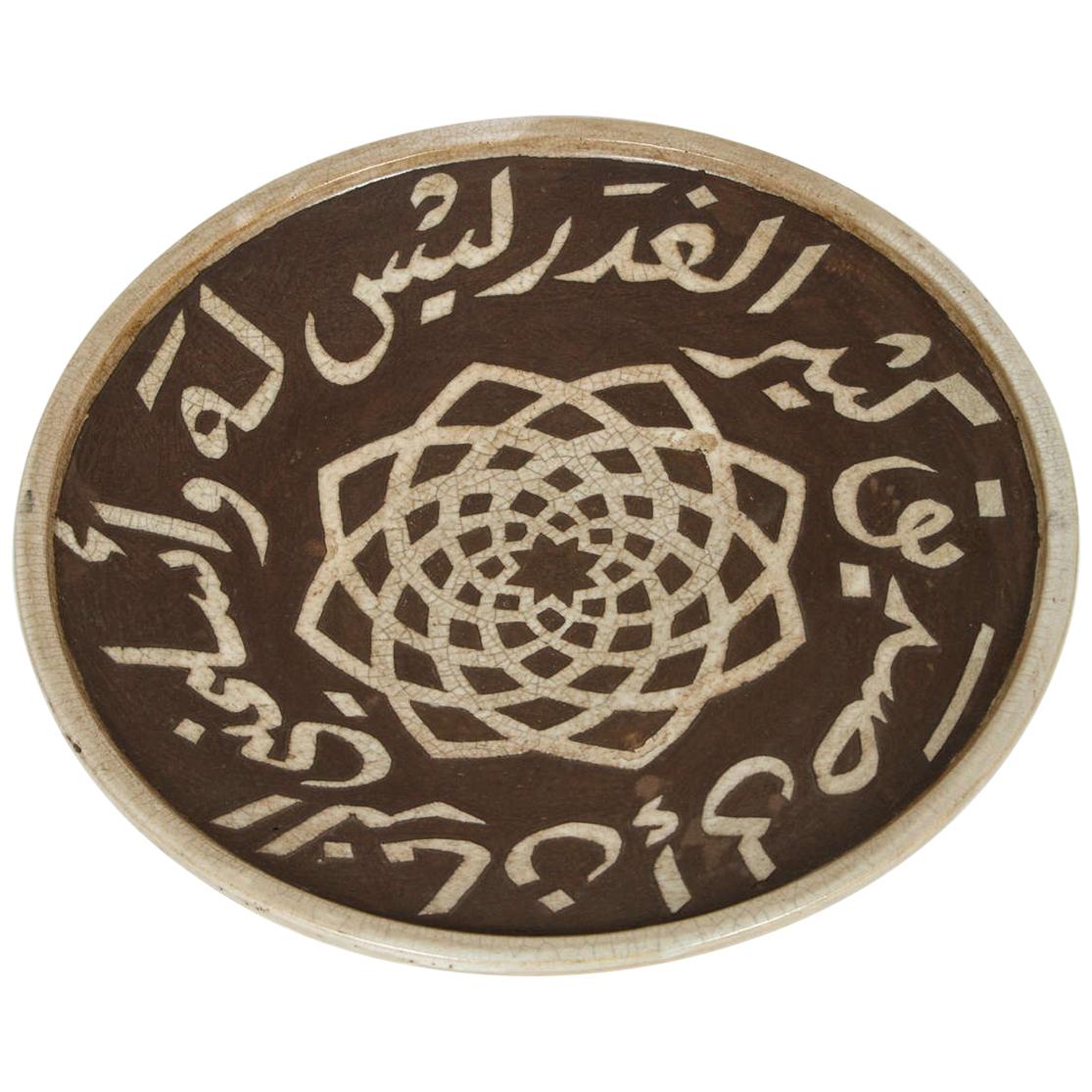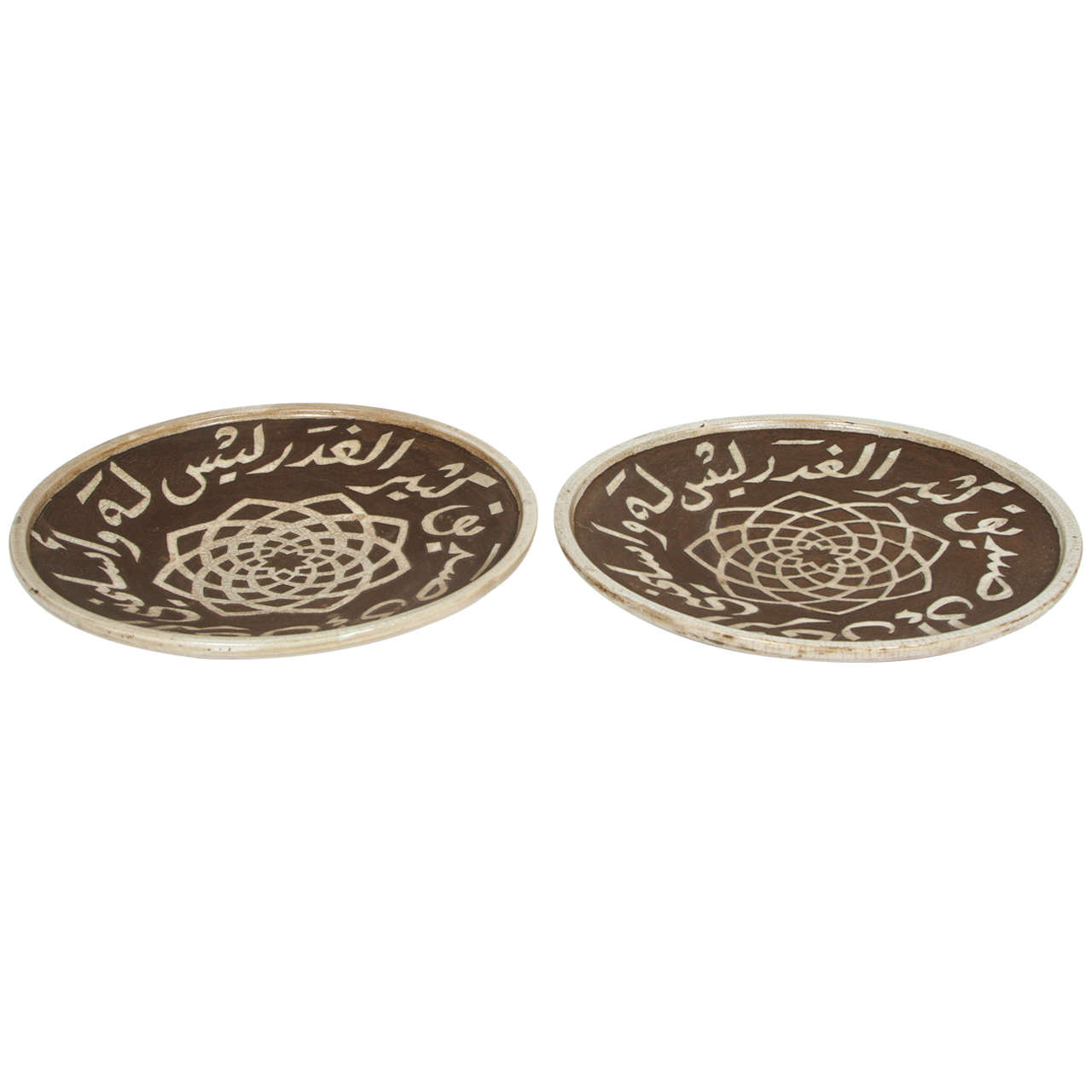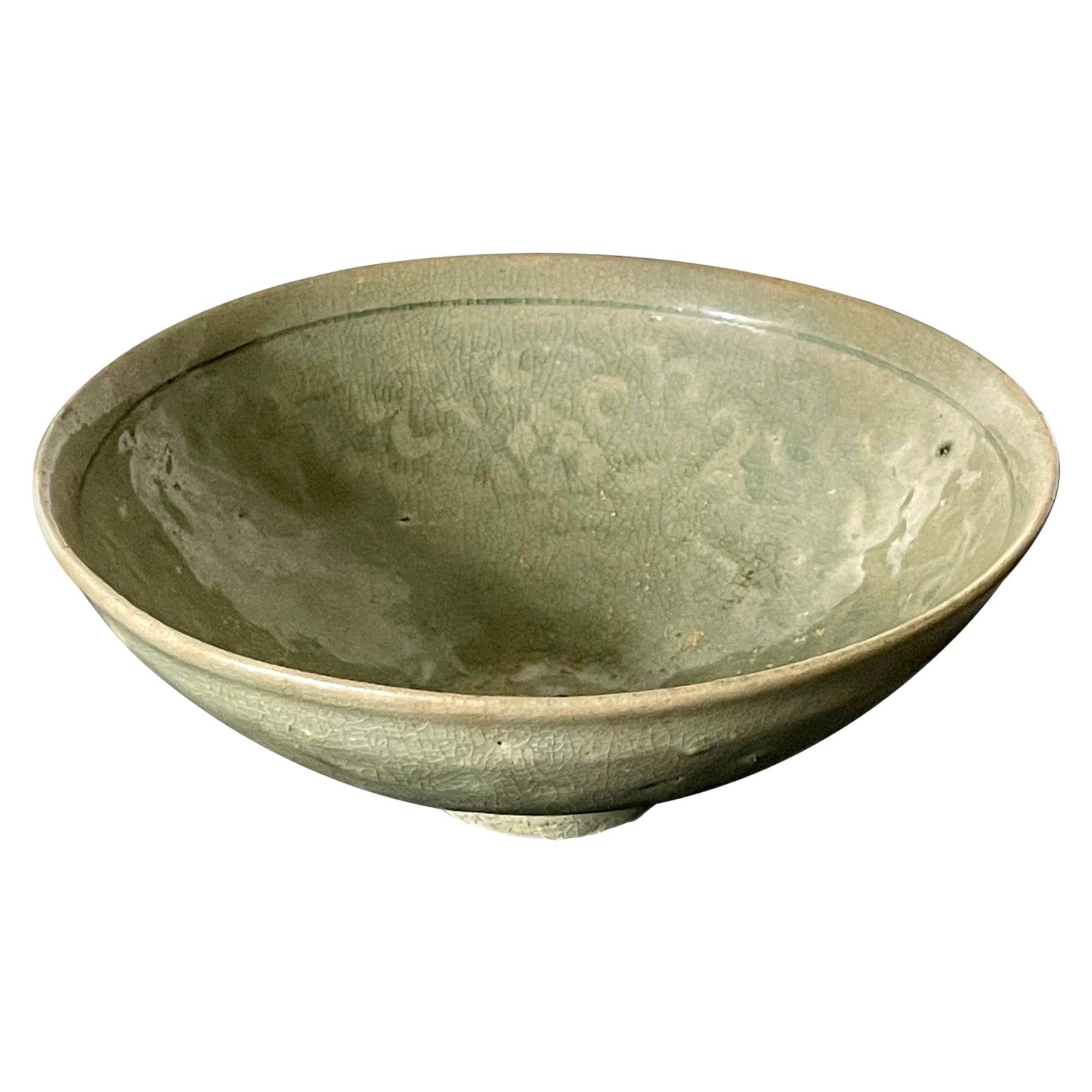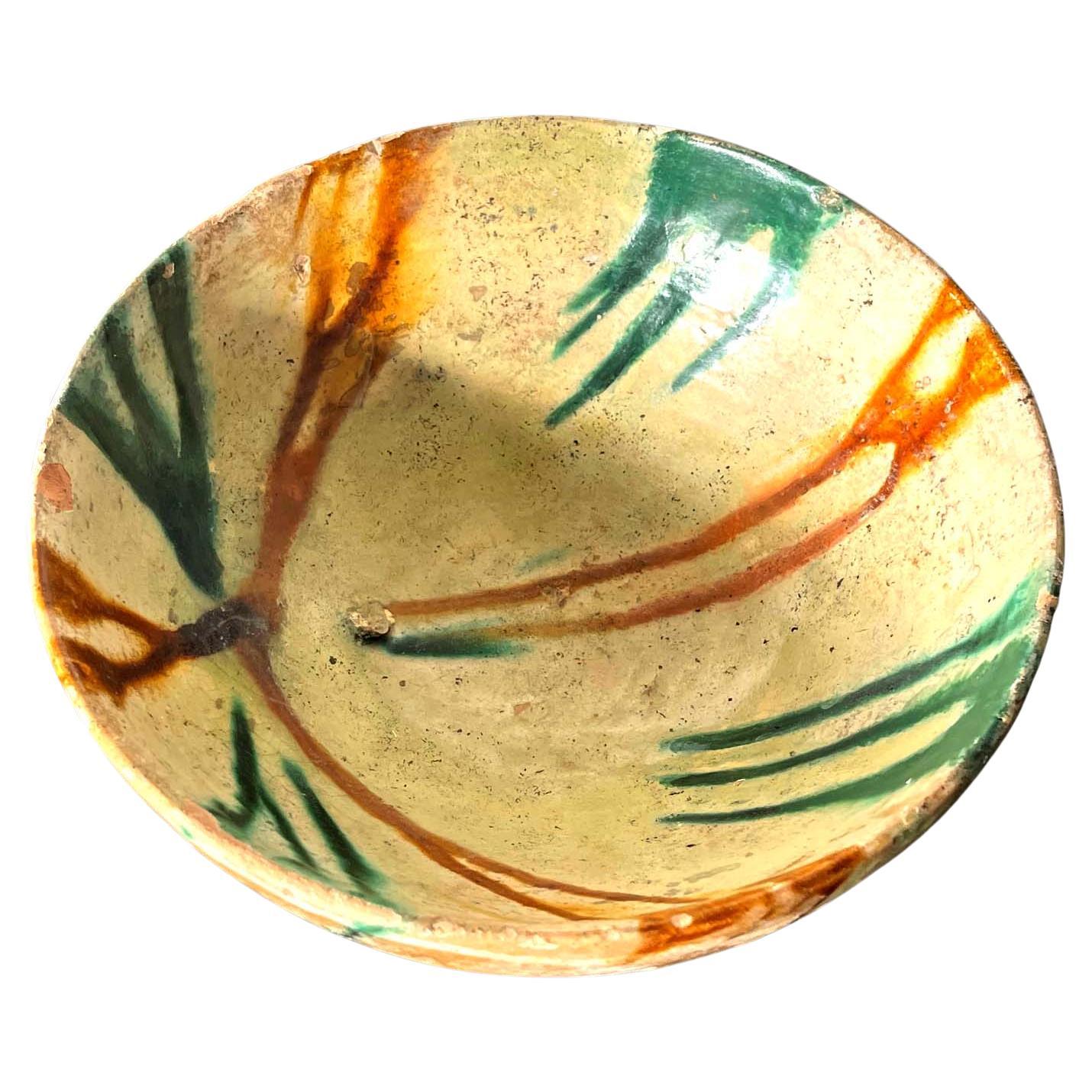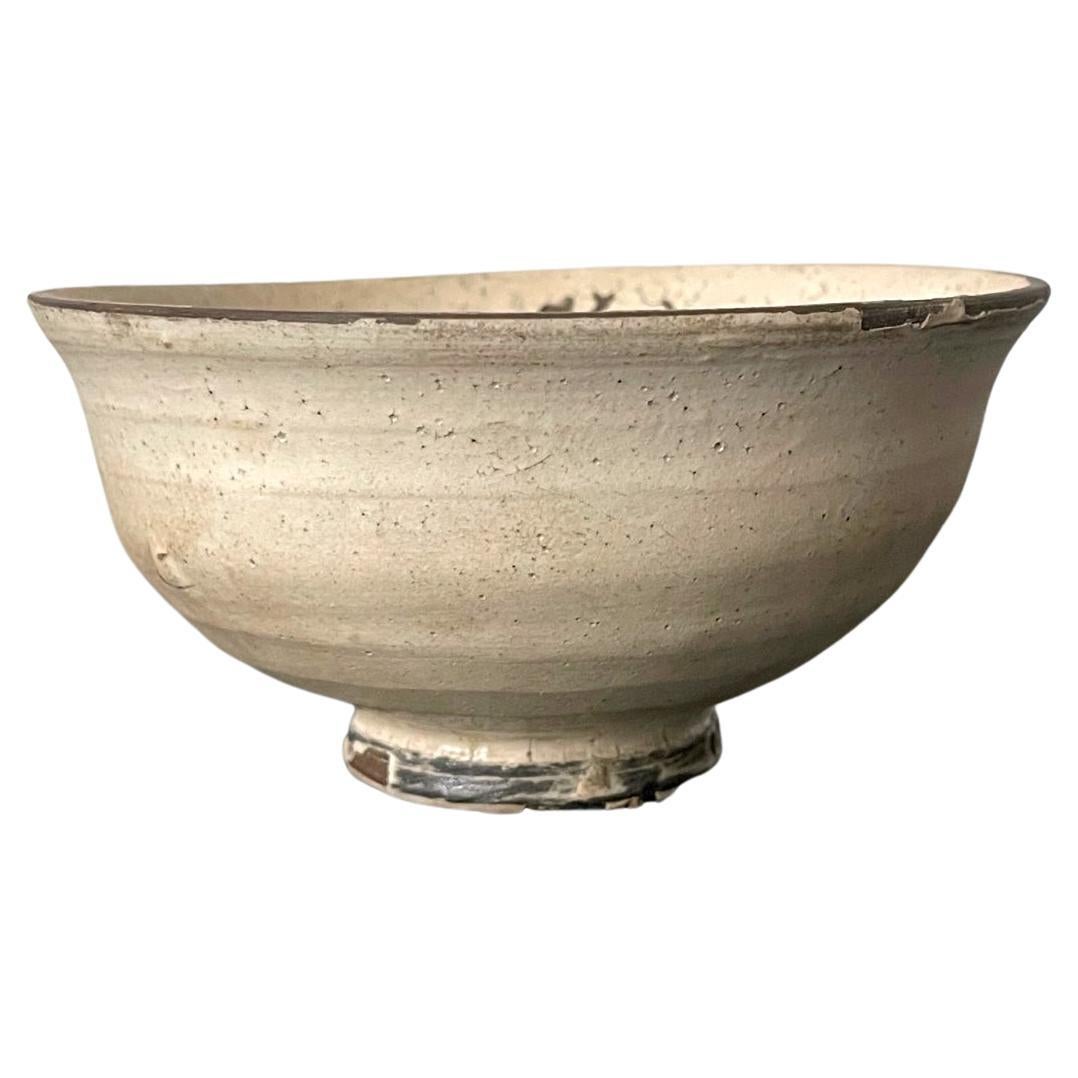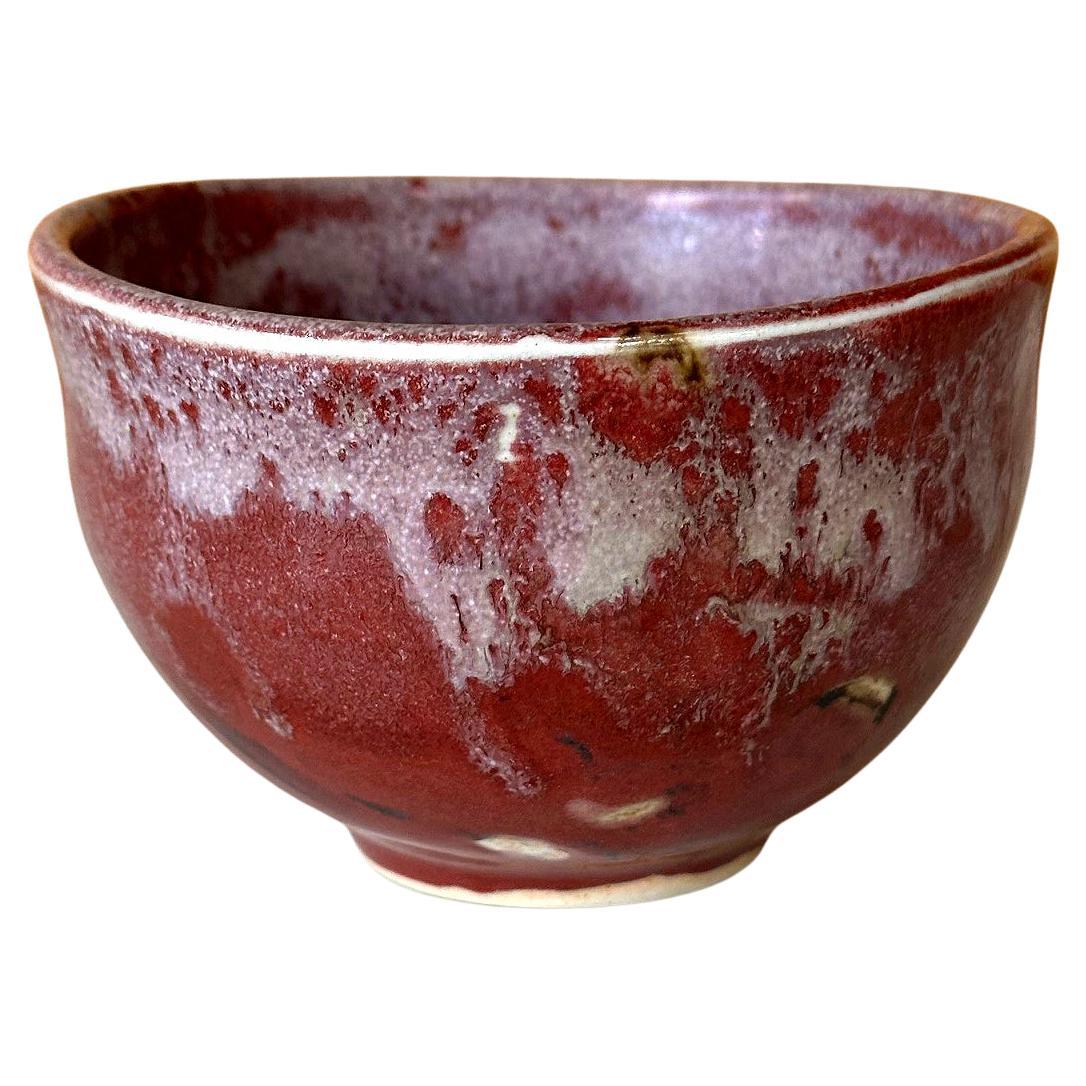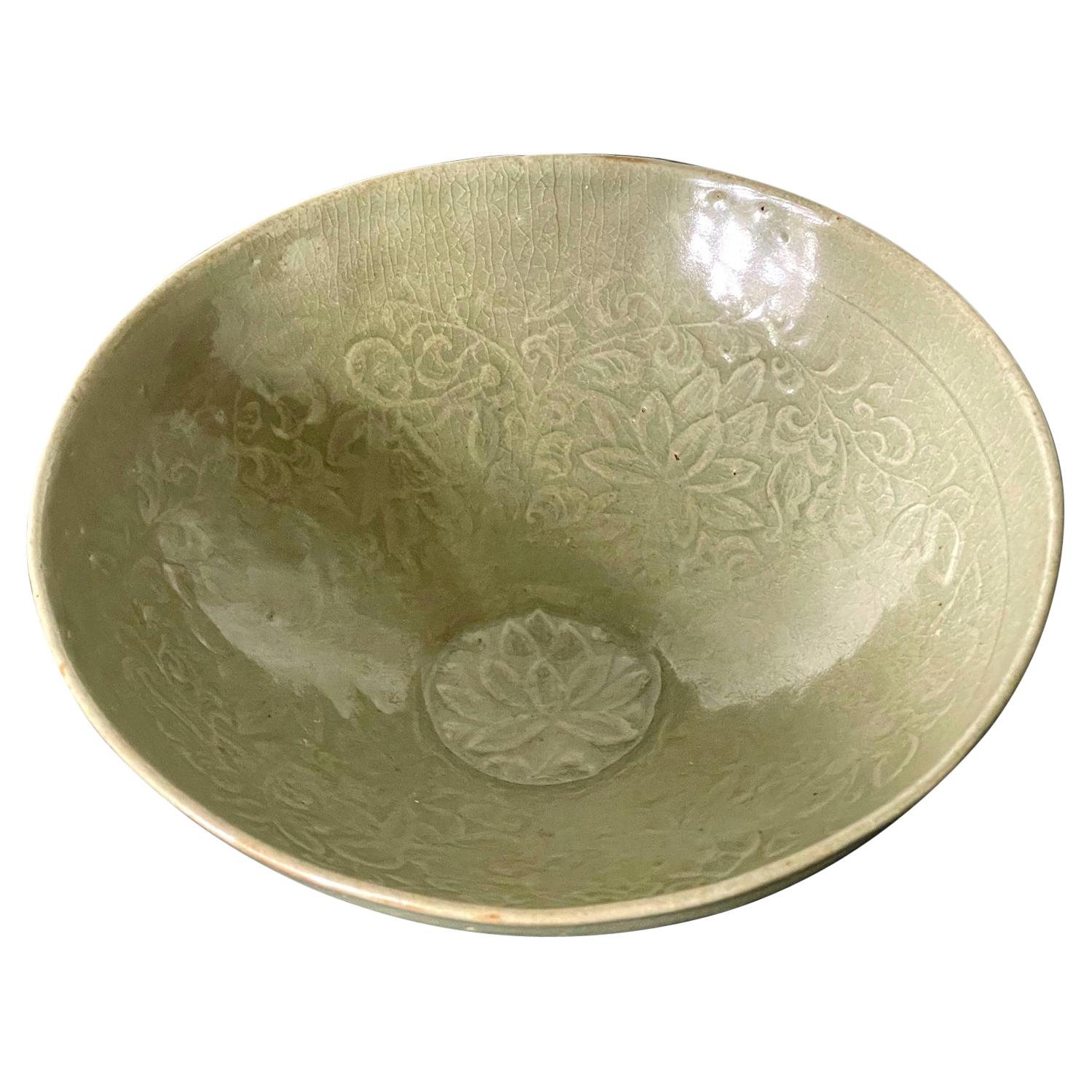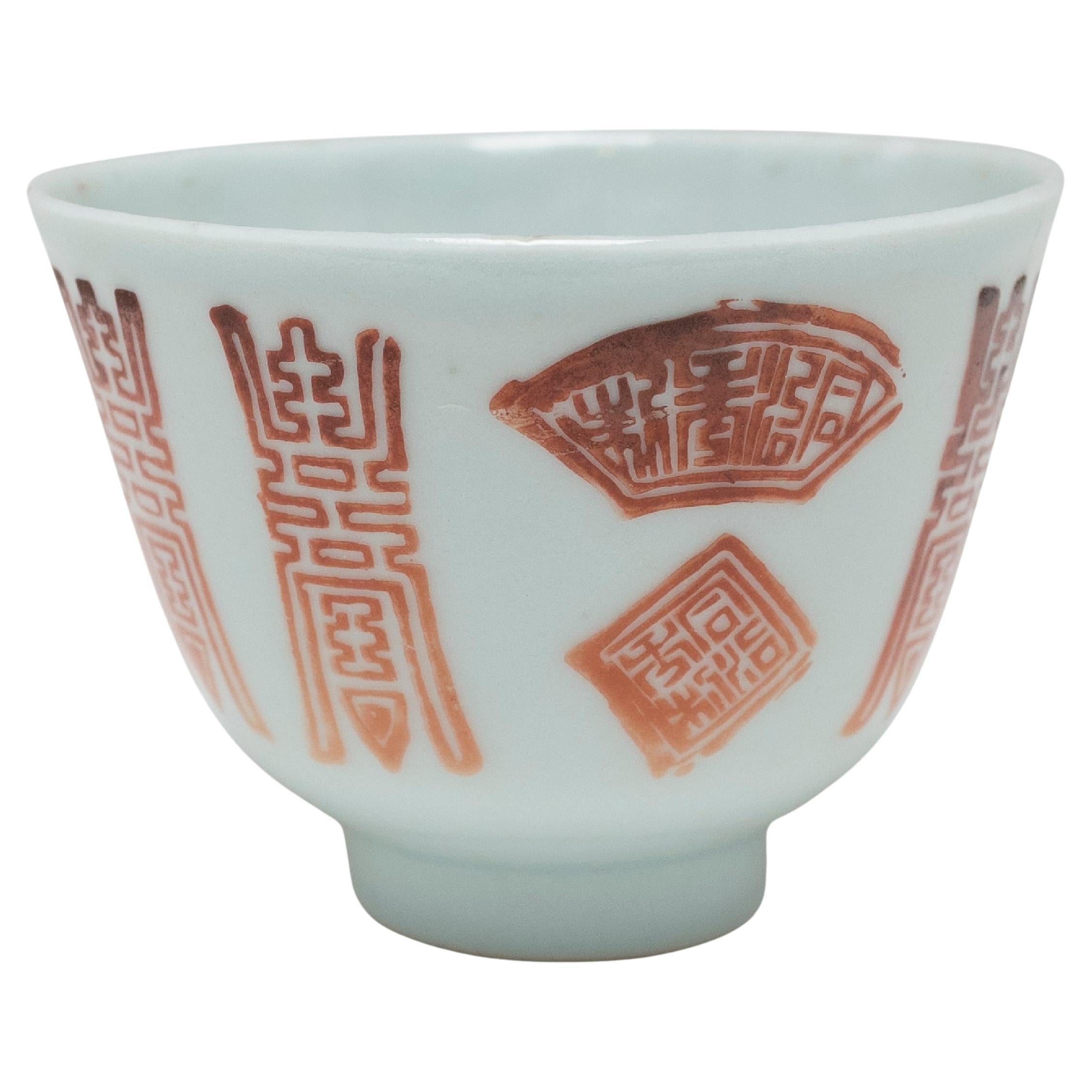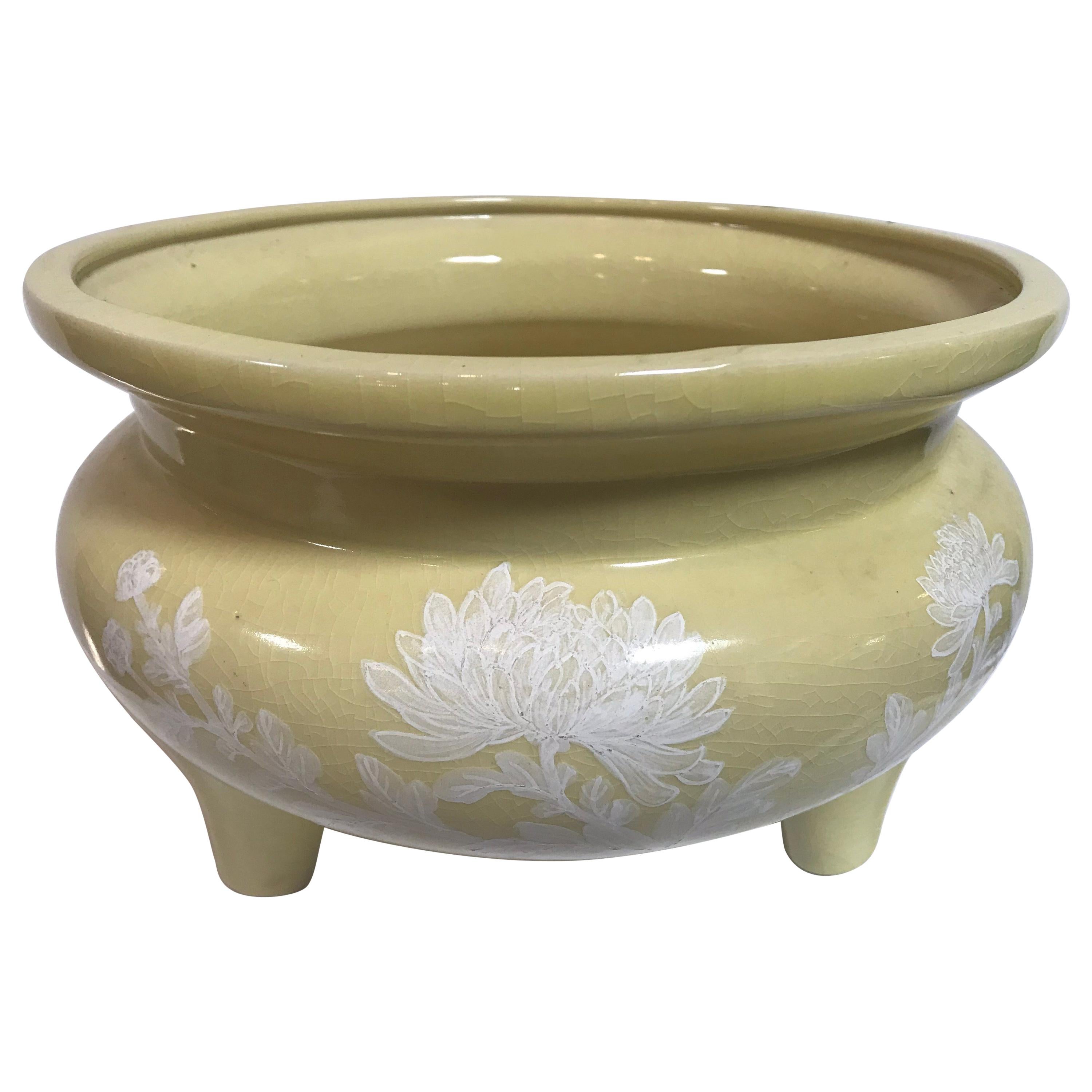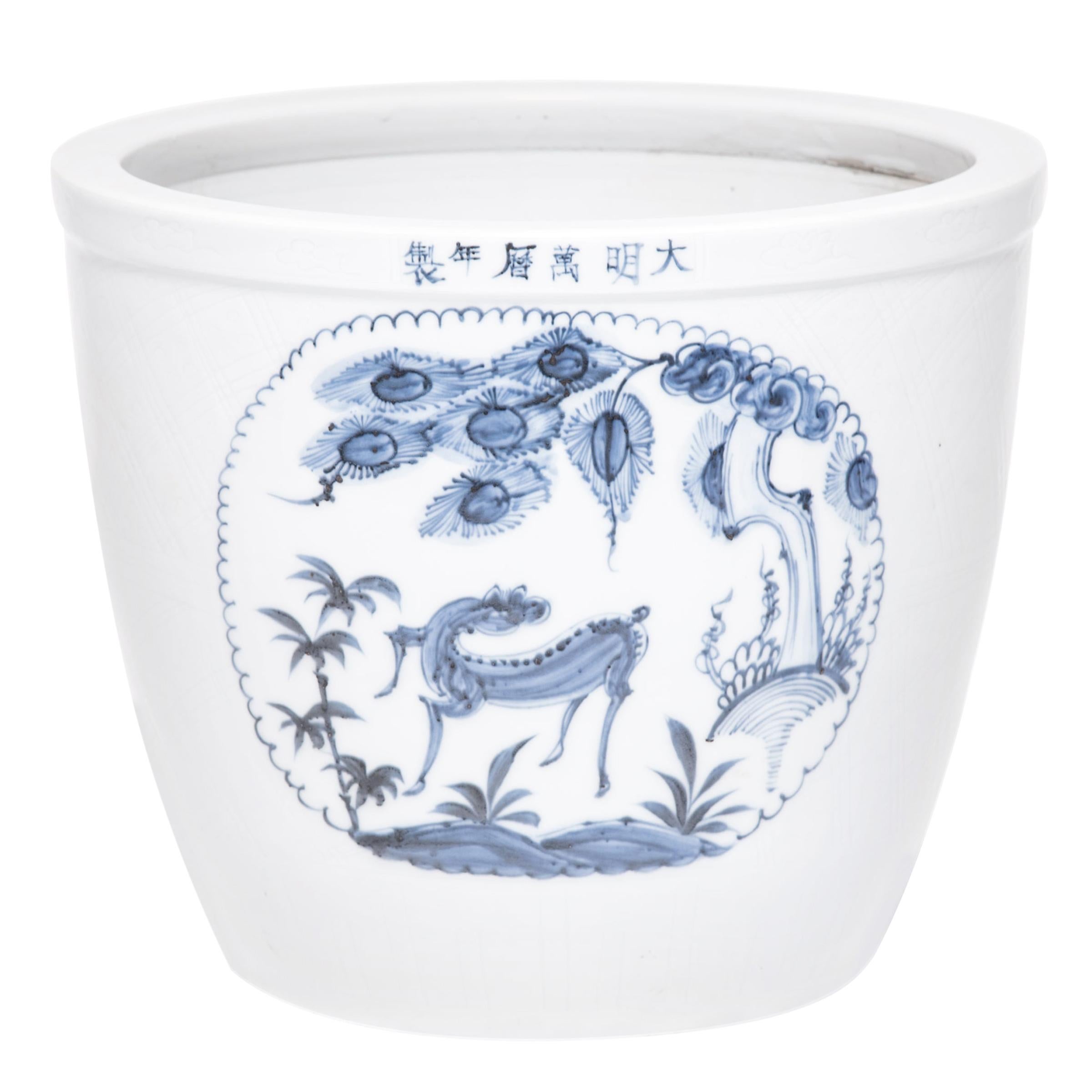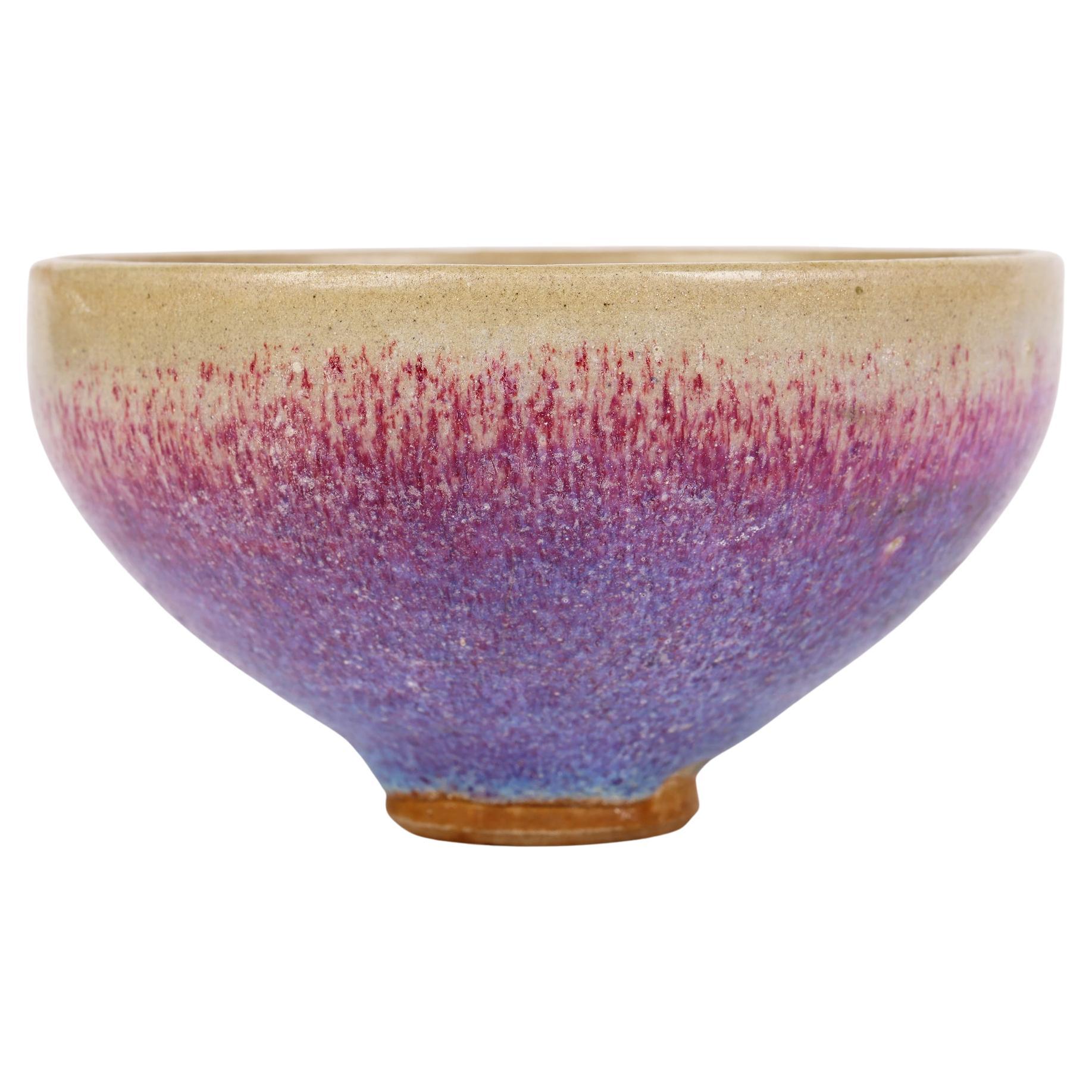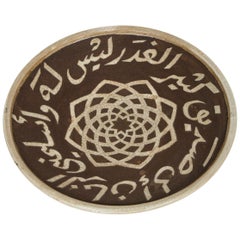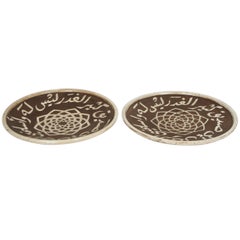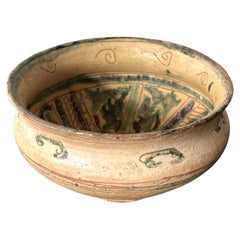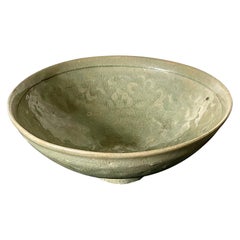
Antique Ceramic Brush Washer with Chinese Calligraphy and Striking Red Accent
View Similar Items
1 of 15
Antique Ceramic Brush Washer with Chinese Calligraphy and Striking Red Accent
About the Item
- Dimensions:Height: 2.5 in (6.35 cm)Diameter: 9.25 in (23.5 cm)
- Materials and Techniques:
- Place of Origin:
- Period:
- Date of Manufacture:circa 1880
- Condition:Wear consistent with age and use. Minor losses. Minor fading.
- Seller Location:New York, NY
- Reference Number:Seller: CR5671stDibs: LU972423516382
Authenticity Guarantee
In the unlikely event there’s an issue with an item’s authenticity, contact us within 1 year for a full refund. DetailsMoney-Back Guarantee
If your item is not as described, is damaged in transit, or does not arrive, contact us within 7 days for a full refund. Details24-Hour Cancellation
You have a 24-hour grace period in which to reconsider your purchase, with no questions asked.Vetted Professional Sellers
Our world-class sellers must adhere to strict standards for service and quality, maintaining the integrity of our listings.Price-Match Guarantee
If you find that a seller listed the same item for a lower price elsewhere, we’ll match it.Trusted Global Delivery
Our best-in-class carrier network provides specialized shipping options worldwide, including custom delivery.You May Also Like
Moroccan Ceramic Brown Plate Chiseled with Arabic Calligraphy Scripts
Located in North Hollywood, CA
Moroccan ceramic plate in dark brown with crackled lighter beige.
Ceramic plate chiseled with Arabic calligraphy writing in ivory on brown background.
Large Moroccan ceramic bowl han...
Category
20th Century Moroccan Islamic Ceramics
Materials
Ceramic
Moroccan Ceramic Plates Chiselled with Arabic Calligraphy Scripts Set of 2
Located in North Hollywood, CA
Pair of Moroccan dark brown with crackled lighter beige ceramic plates chiseled in with Arabic calligraphy writing in ivory on brown background.
These plates could be displayed on a ...
Category
20th Century Moroccan Islamic Ceramics
Materials
Ceramic
Antique Islamic Ceramic Glazed Bowl with Splashed and Sgraffito Decoration
Located in Atlanta, GA
A small Islamic ceramic bowl circa 11-12th century, possibly from Nishapur or Aghkand area of Persia. The elegantly shaped bowl with a slightly flared opening is supported on a small foot rim. The earth ware...
Category
Antique 15th Century and Earlier Persian Islamic Ceramics
Materials
Ceramic
Antique Korean Ceramic Bowl with Incised Design
Located in Atlanta, GA
A Korean stoneware bowl from Goryeo dynasty circa 12th century. The conical form bowl with a small raised foot rim is covered in a celadon green glaze...
Category
Antique 15th Century and Earlier Korean Archaistic Ceramics
Materials
Ceramic
Antique Islamic Glazed Ceramic Bowl with Splashed Decoration
Located in Atlanta, GA
An Islamic ceramic bowl from Samanid Dynasty Persia circa 10th century, possibly from Nishapur. The earth ware body of the bowl was made of a red clay, whic...
Category
Antique 15th Century and Earlier Persian Islamic Ceramics
Materials
Ceramic
Antique Korean Ceramic Komogai Chawan with Tamagode Glaze
Located in Atlanta, GA
A ceramic tea bowl with milky white glaze made in Korea for Japanese market circa 16-17th century.
The thinly potted bowl is in the shape called Hatazori-gata (curving-lip type) that is known as Komogai (or Kumagawa) type. It was named after the historical port of Komogai, close to Bushan in Gyongsangnam-do, southern coast of Korea, where these bowls were traded and exported to Japan in the 16-17th century. The white glaze that covers nearly the entire surface resembles the color and texture of eggshell, therefore is known as Tamago-de. This type of glaze is rather rare, and few examples exist. It was believed that the Tamago-de glaze was only made in Korea from late 16th to mid-17th century during Japan's Edo period.
The tea bowl on offer bears typical characteristic of Tamago-de glaze. The smooth milky color glaze shows a fine crackle with scattered spots of flakes exposing the dark clay underneath. The glaze on the rim was largely worn off, so was on the base. There is a subtle indentation on the bottom of the interior known as kagami (tea pool). The ring base is relatively thick compared to the base and trimmed by the potter's knife. It appears delicate to the eyes, but it feels strong in the hands.
The bowl comes with a fabric pouch...
Category
Antique 15th Century and Earlier Korean Other Ceramics
Materials
Ceramic
Recently Viewed
View AllMore Ways To Browse
Brush Washer
Antique Hand Washer
Chinese Brush Washer
Antique Chinese Brush Washer
Antique India Exports
Chinese Blue White Bowl
Qing Dynasty Figures
Chinese Blue And White Dragon
Large Japanese Charger
Antique Rose Medallion China
Chinese Scroll Of Birds
Qianlong Plate
Japan Tea Box
Korean Joseon
Meiji Period Bowl
Chinese Amber
China The Immortals
Kintsugi Art
